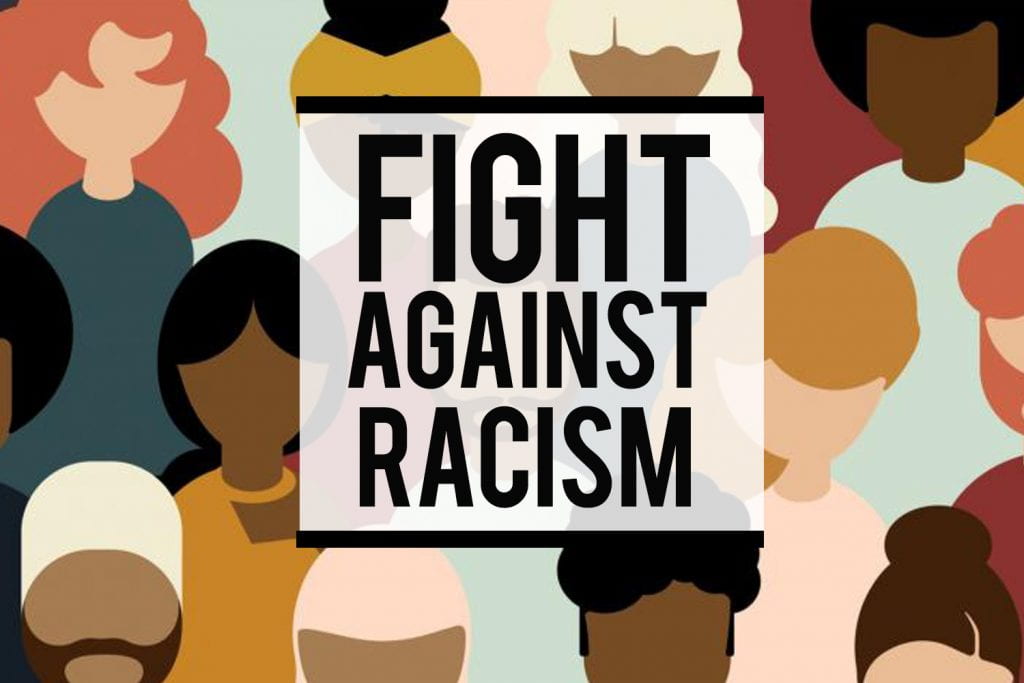Two of the biggest concerns that unfortunately troubles humanity even nowadays are fanaticism and racism. People have always had a tendency to criticize others, especially the ones that have different characteristics (skin color, origins, etc) from their own. However, today’s society is comprising the outcome of globalization, with many different people living together. Thus, in such a kind of society, racial discrimination should not exist. An immediate way to minimize this phenomenon is to educate the younger generations through literature, as they are highly prone to assimilate a fanatical opinion.

A large number of books report events of injustice towards difference and, in a circuitous or straight way, try to make the readers avoid such actions. One of the first and most well-known and successful novels that bring up this topic is “To kill a Mockingbird” (1960) by Harper Lee. In it, by including autobiographical elements, the author goes back to the United States during the 1930s. The story is narrated by a six-year-old girl whose name is Scout. This child lives with her brother and father, Atticus, a lawyer trying to judicially defence a coloured man, Tom Robinson, who has been faulsely accused for raping a white woman.

In addition, a second book that represented a huge success is “The house on Mango Street” (1984) by Sandra Cisneros, which also includes autobiographical elements. This story talks about a young Chicana (Mexican American) girl living in an impoverished neighborhood in Chicago and deals with issues such as domestic violence, sexual abuse and racism. Furthermore, “We too sing America” by Deepa Iyer depicts stories about racism towards South Asian, Arab, Muslim, and Sikh immigrants, providing a good many links to politics and also underlines the belonging of people from different ethnic groups to a same nation, the USA. Moreover, books by a Greek author called Vassilis Papatheodorou such as “The Lords of the Garbage” and “Full Blast” bring up topics such as extremism and national discrimination.

Therefore, racism and fanaticism can be found everywhere, even in schools. “The Wave” (1981) by Todd Strasser is a novel based on a social experiment that took place in America in 1967 at Cubberley High School (Palo Alto, California, USA). Even though the discussed social experiment didn’t focus as much on racial disrcimination as the examples mentioned above did, this short story depicts clearly how easily someone can become a fanatic and claim that he/she comprises the best among the human races.

Taking everything we explained into consideration, we can conclude to the fact that racism exists everywhere in many different ways. Nonetheless, literature can help us gain a more spherical view of the world and as a consequence, become even better informed and open to difference.

April 5, 2021 at 4:55 pm
Great choices and book proposals Chrysa!! All these books showcase the wide spectrum of the multiple faces of racism and discrimination, as you point out. It is very important for all of us to be on guard against subtle types of racism. Literature can provide priceless help in assisting the reader empathize with heroes who experience racism.